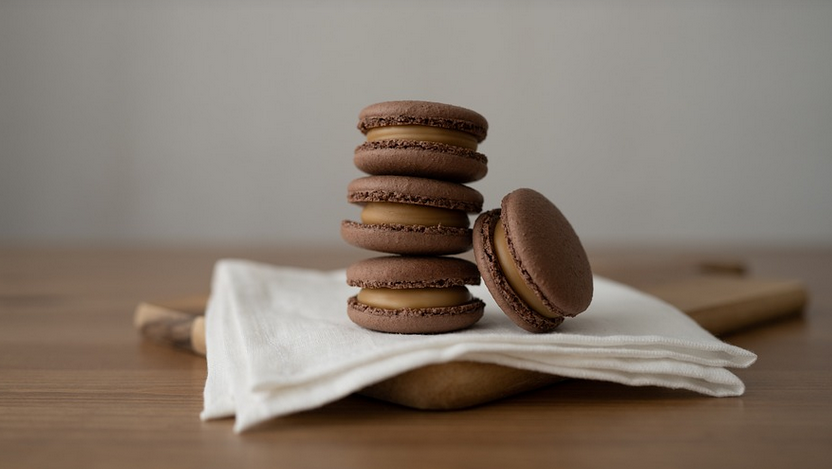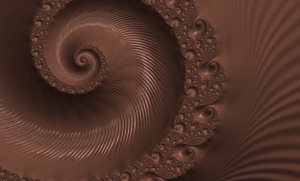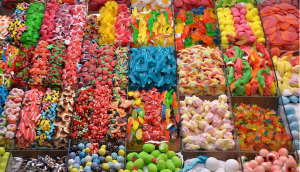
The Enduring Elegance of a Vintage Statement
A vintage coffee table is more than just a piece of furniture; it’s an heirloom, a conversation starter, and a portal to another era. And if you find yourself captivated by the allure of antique Victorian coffee tables, you’re in for a treat! These pieces are not mere relics of the past but rather embodiments of craftsmanship, innovation, and enduring style that continue to resonate with modern sensibilities.
Victorian-era coffee tables hold a special place in history for their iconic elegance and practicality. The era was marked by remarkable technical advancements and an artistic fervor that manifested in exquisite furniture designs. Victorian artisans were masters of woodcarving, intricate detailing, and innovative joinery techniques. Their coffee tables are testaments to this skill, boasting ornate carvings, delicate marquetry work, or even hand-painted motifs.
One of the most notable characteristics of Victorian coffee tables is their ability to transform any living space into a captivating scene. They often feature sturdy construction with intricate joinery techniques, creating an enduring heirloom piece that has stood the test of time. The use of hardwood such as mahogany or walnut, known for their durability and rich grain patterns, adds a touch of luxurious warmth and character to any setting.
The Victorian era’s fascination with ornate details is evident in every aspect of these coffee tables. Whether it’s the intricate carvings on the top or the delicate floral motifs adorning the legs, each piece carries a story waiting to be told. These embellishments often tell tales of craftsmanship and artistry, reflecting the cultural influences and artistic trends of the time.
Consider, for example, the elaborate carving patterns often seen on Victorian coffee tables. Carved scenes featuring mythical creatures, biblical stories, or even playful animals were popular motifs. The intricate details not only beautify but also serve as functional embellishments. For instance, a table’s carved edge might be shaped to hold small objects like letters or books.
The Victorian era saw advancements in furniture manufacturing techniques that contributed significantly to the rise of coffee tables as central pieces in living areas. Early wood joinery methods, such as dovetails and mortise and tenon joints, allowed for complex designs and sturdy structures. These tables often featured drawers for storage, providing utility alongside their aesthetic appeal.
Furthermore, the influence of art and design trends from other cultures was evident in Victorian coffee table designs. For instance, Asian-inspired designs featuring intricate carvings or floral patterns were popular, reflecting the growing cultural exchange that defined the era. This fusion of styles created truly unique pieces that seamlessly blended aesthetic beauty with practical functionality.
The rise of public spaces and a burgeoning middle class also played a role in the popularity and evolution of coffee tables during the Victorian era. Coffee table designs shifted from purely practical to more decorative, reflecting changing social norms and lifestyles. For instance, larger tables became increasingly common as people started gathering for formal meals and extended family gatherings.
Victorian coffee tables weren’t just about beauty; they were also about a sense of legacy and warmth. They often served as focal points in living rooms, drawing attention to the room’s personality and adding a touch of historical context to the space. The use of materials like polished rosewood or mahogany added a luxurious feel, creating an atmosphere of refinement.
Stepping Back in Time: A Closer Look at Victorian Coffee Table Features
Victorian coffee tables are more than just aesthetically pleasing; they embody a rich history and offer unique insights into the craftsmanship and societal norms of their era. To truly appreciate these pieces, it’s essential to delve deeper into their features:
**Carvings:** One of the most striking elements is often the intricate carvings on the table’s surface. These could be anything from floral motifs to mythological figures or even abstract patterns. Carving was a highly prized art form during the Victorian era, and skilled artisans used it to add both aesthetic beauty and functional purpose to their creations.
**Marquetry:** This intricate wood inlay technique involved using small pieces of different woods to create detailed designs on the surface of the table. Often used for decorative purposes in furniture like coffee tables, marquetry allowed artisans to showcase their skill and artistry, and it added a luxurious touch to these pieces.
**Inlays:** Similar to marquetry but more about geometric shapes or patterns, inlays were often used on the table’s top. These could be made of woods like ebony, rosewood, or even exotic hardwoods. Inlaying was another way that artisans showcased their ability to work with wood and create beautiful designs.
**Details:** The attention paid to details is remarkable. Look for intricate carvings beneath the surface, unique turnings on legs, or even small detailing like ornate hinges on a drawer. These little touches speak volumes about the craftsmanship and dedication of the artisans who created them
**Hardware:** Often overlooked, but equally important! Victorian coffee tables might feature distinctive hardware like brass pulls, delicate acorn-shaped knobs, or even inlaid bone details. These elements reflect the era’s focus on detail and serve as subtle reminders of their historical context.
A Timeless Investment: The Value of Antique Victorian Coffee Tables
Investing in an antique Victorian coffee table is not just about acquiring a piece of furniture; it’s about building a legacy. These tables hold cultural significance, have become symbols of nostalgia and luxury for many, and often appreciate over time.
**Historical Significance:** Victorian-era coffee tables are tangible links to the past. They encapsulate the artistic expression, technological advancements, and evolving design trends that defined this era. Owning one is like holding a piece of history in your hands.
**Cultural Heritage:** Antique furniture pieces become treasured family heirlooms or decorative assets, with each table telling its own story. These tables can be passed down through generations, connecting those who lived and loved them to the stories they hold within their very wood grain.
**Investment Potential:** While vintage furniture may not always appreciate in value overnight, antique Victorian coffee tables hold a certain appeal that often drives demand and fosters appreciation over time. The intricate craftsmanship, unique designs, and cultural relevance contribute to a growing collector’s market for these timeless pieces.



